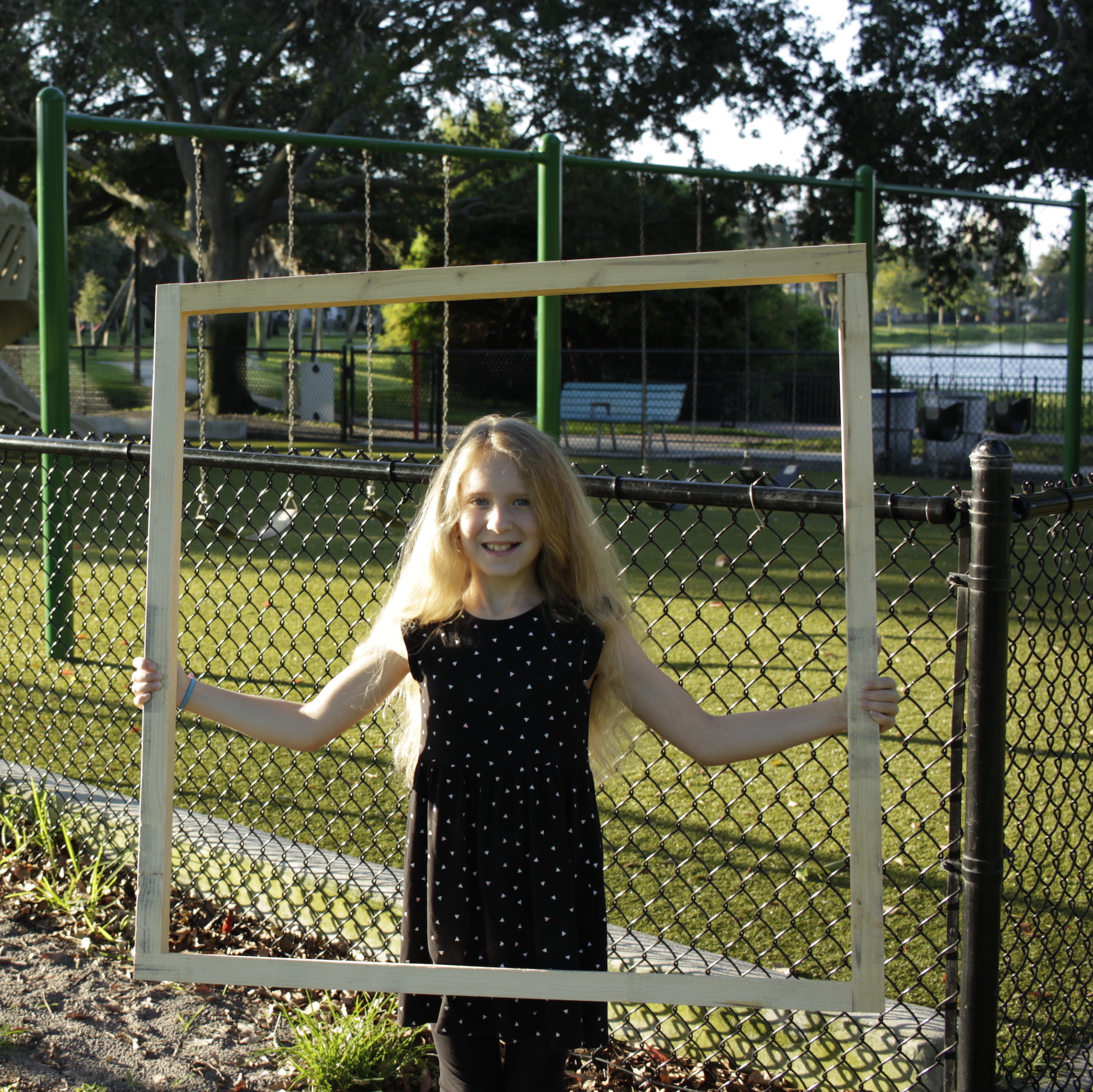Section B: Practice Problems Relate Area to Multiplication
Section Summary
Details
In this section, we learned how area is related to multiplication. We multiplied the side lengths of a rectangle to find its area.
We also learned about how different square units are useful for measuring area in different situations and solved problems involving area.

square meter
Problem 1 (Lesson 5)
Use the grid to create a rectangle whose area can be represented by
. How does your rectangle represent the expression
?
Problem 2 (Lesson 6)
Here are two squares. One of the squares is a square centimeter and one of them is a square inch.
Which square is a square centimeter? Which square is a square inch? Explain how you know.
Problem 3 (Lesson 7)
For each object, decide if you would use square centimeters, square inches, square feet, or square meters to measure its area. Explain your reasoning.
a baseball field
a table top
a cell phone screen
Problem 4 (Lesson 8)
The sides of the rectangle are marked in centimeters.
What is the area of the rectangle? Explain your reasoning.
Problem 5 (Lesson 9)
Use your ruler to find the area of the rectangle in square centimeters.
Use your ruler to draw a rectangle whose area is 18 square centimeters.
Problem 6 (Lesson 10)
Tyler has 40 carpet squares that are 1 foot on each side. He wants to use all of them to make a rectangle-shaped carpet for his room.
For the carpet to fit in the room, the longest side cannot be more than 12 feet. What side lengths could Tyler’s rectangle have?
Problem 7 (Lesson 11)
Describe some patterns that you see for the numbers in the table.
Describe one of the patterns you saw using an equation.
Problem 8 (Exploration)
Find a rectangle in your classroom or at home. Describe the rectangle.
Would you use square centimeters, square inches, square feet, or square meters to measure the area of the rectangle? Explain your reasoning.
Problem 9 (Exploration)
What patterns do you notice in the three columns of the multiplication table?
Problem 10 (Exploration)
Mai picked a mystery number that is less than 30. She says that she can show 3 different rectangles on this grid whose area is the same as her mystery number.
What could be Mai’s mystery number? Explain or show your reasoning.